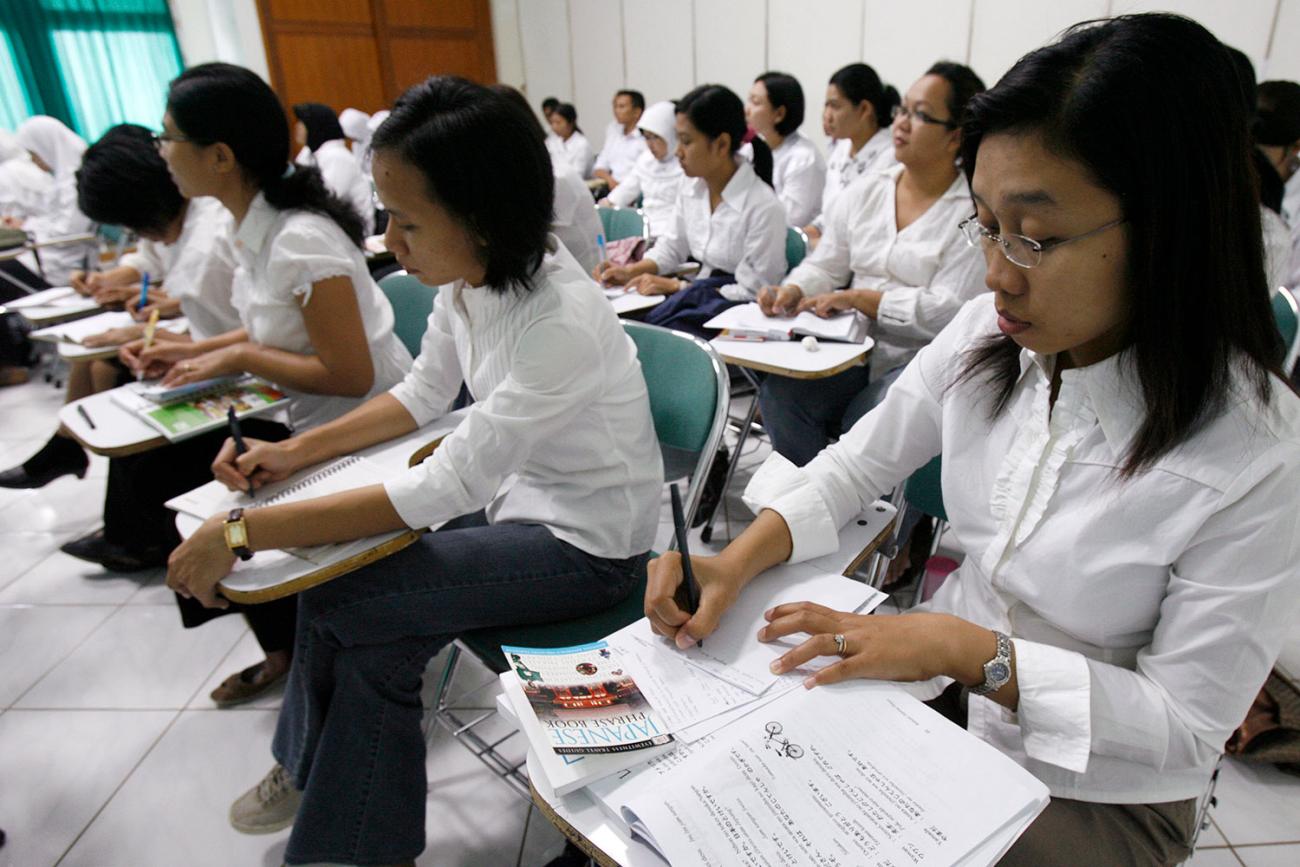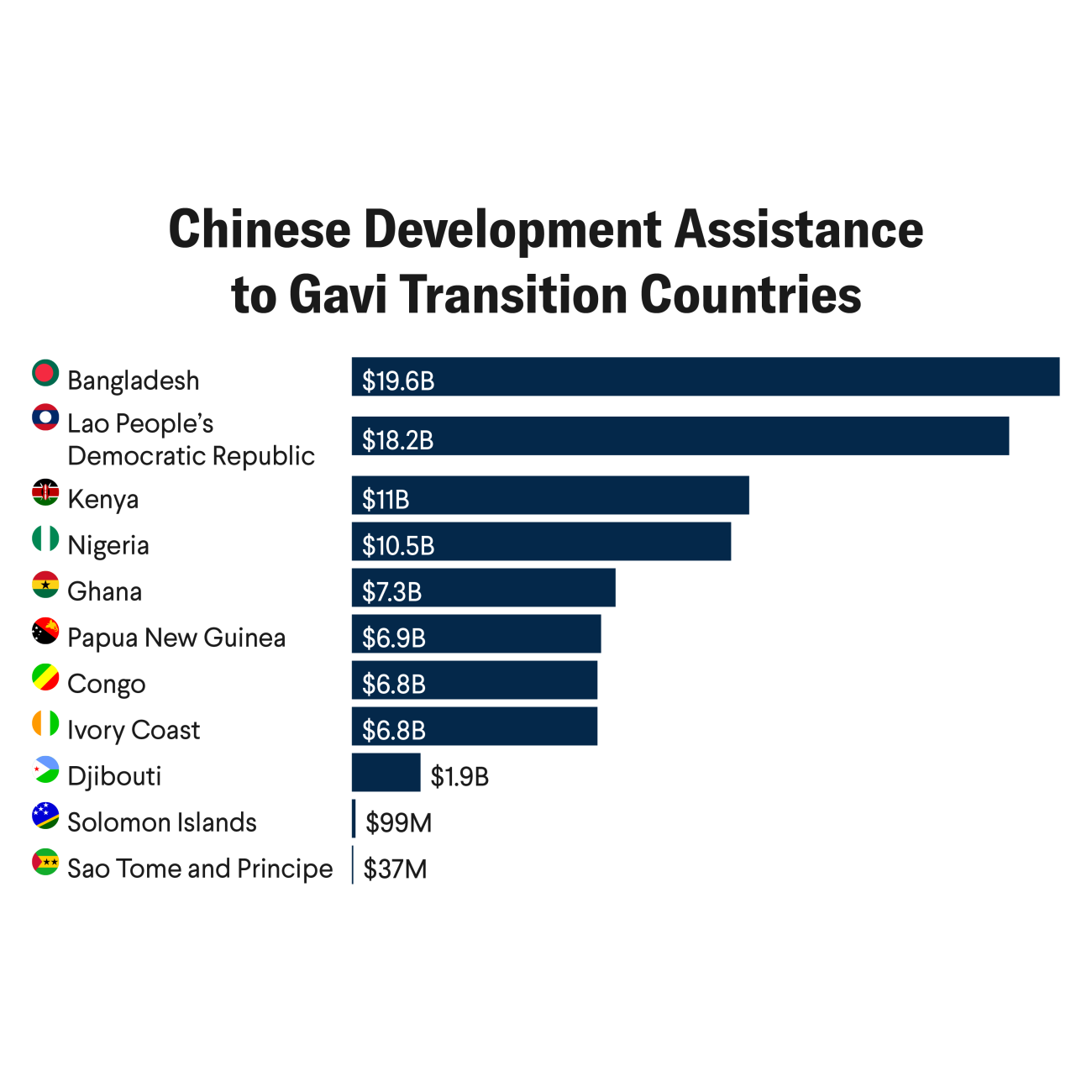Founded in 1967, the Association of Southeast Asian Nations (ASEAN) currently comprises ten nation states with multiple types of political economies, governments, and health care systems. If they were combined into one nation, ASEAN countries would be the world’s third most populous (622 million people) and would boast the seventh largest economy ($2.4 trillion) on the strength of vibrant exports of sophisticated electronics, heavy machinery, and raw materials. But what about one of the lesser-known exports from these countries: health professionals.
The outgoing torrent of doctors, nurses, and other educated professionals from Southeast Asia is a good case study in modern brain drains. So many have left to work abroad that their exodus has created a need for hundreds of thousands of additional professionals in their home countries—begging the question.
One-Way Traffic Out
The traditional recipient countries of health professionals from Southeast Asia are the global north and the Middle East. In the British National Health Service (NHS), Filipinos are now the third most represented nationality overall and Malaysian doctors are the sixth most numerous. More than 193,000 Filipino-trained nurses work abroad—shockingly 85 percent of all Filipino nurses worldwide. Despite its lukewarm attitude towards immigration, even Japan signed an agreement with Indonesia to accept nurses beginning 2006. Despite one of the lowest physician densities in ASEAN, more than 10,000 Vietnamese doctors work in OECD countries.

This brain drain has many tributaries. There is the understandable allure of higher salaries, better career prospects, and more favorable work environments in higher-income countries. This is compared to lowish economic growth and highish unemployment rates at home coupled with their desire to pay off educational loans. ASEAN education systems also inadvertently enable the drain brain because they tend to offer very high quality programs and frequently conduct classes in English, an advantage for Malaysia, the Philippines and Singapore especially.
Positive Effects are Misleading
Arguments for positive effects of this brain drain are misleading. Exporting talent was a tempting solution to structural unemployment at home; President Ferdinand Marcos’ 1970s labor export program was a temporary solution to domestic unemployment, but is now normalized in the economy. In 2018, remittances in the form of monies earned abroad but sent home to the Philippines was the world’s fourth highest, amounting to $34 billion and 10 percent of GDP.
This “windfall” comes at potential cost of over-dependence on the labor laws, public sentiment and political winds of recipient countries. Foreign physicians and nurses are left at the mercy of sometimes emotional, rancorous debates on immigration, the welfare state, and health care in the countries in which they work. They may have little control over the outcomes of these debates and no voice in them whatsoever.
of GDP in Philippines is earned abroad & sent home
Some may claim that the knowledge and experience gained from overseas stints will benefit home countries, but reality doesn’t match the rhetoric. While the published literature does not shed light on the “rates of return of doctors,” it’s easy to imagine that highly-skilled and highly-valued professionals will make a new home in their adoptive countries especially when recipient countries pass laws to make it easier for nurses to stay permanently. Even if doctors and nurses return in droves, they re-enter an unfamiliar society and health system with different disease burdens, needs and technologies.
Additionally, talk of skills transfers ring hollow when capital and knowledge does not flow back to the global south, or when doctors and nurses lose skills by practicing at levels below their qualifications or abilities, or when they return home only to retire.
Visible and Invisible Ripples
This torrent creates visible and invisible ripples on the fabric of ASEAN nations’ health systems and societies. The most obvious is the increasing stresses on delivering health to citizens, with one estimate putting ASEAN’s shortfall at nearly 700,000 doctors and nurses.
Shortfall of doctors and nurses in ASEAN countries
There are also issues of health injustice and global inequality, if the global north continues to attract health professionals to work abroad. There is the additional undertone of neo-colonialism, of the global north continuing to raid the global south for resources.
We should be equally concerned with the invisible ripples, both in ASEAN and in the global north. In general terms, the ASEAN private sector is increasingly assertive in training doctors and nurses with the express intention (or more accurately, sales proposition) of exporting them upon graduation. For example, just two Filipino medical schools trained as many as 6,100 physicians now working in the United States.
Operating on non-public funds and being profit-oriented, private universities cater generally for richer students as tuition fees are (much) more expensive than in public universities. If undebated or uncontrolled, the public-private divide in the education system can lead to class division and exacerbate inequality, leading to a crisis of legitimacy for ASEAN governments when they have a two-tier education and health system.
Another invisible ripple is the structural changes in health systems and its deadweight losses to society. For example, it’s often easier to qualify as a nurse than as a doctor overseas, due to the protectionist instincts and political power of doctors’ associations that create barriers to entry, licensing and residency. Therefore, Filipino doctors often retrain as nurse-medics. Not only are ASEAN education systems effectively subsidizing the global north’s health systems, this is compounded by a deadweight loss of national investment.

Recipient Countries Aren’t Immune
Recipient countries can be lulled into a sense of complacency, as the negative ripples in their systems and societies are often invisible or take years to decades to manifest. Two possible effects come to mind. The first is the bottomless black hole of healthcare needs endlessly fed by foreign health professionals. There is an unhelpful focus on inputs instead of broadening the public discourse to include outputs and outcomes. The United Kingdom focuses on the 100,000 vacancies in the NHS, almost entirely ignoring conversations about efficiency and productivity. If the system is broken, even an infinite supply of Southeast Asian doctors, nurses and midwives can’t save it.
Even if doctors and nurses return in droves, they re-enter an unfamiliar society and health system
The second negative effect comes from the use of highly-skilled migration as a short-term arbitrage solution for local health system issues of work-life balance, workplace stress or bullying, lack of career progression or burn-out. Foreign health professionals may work under “bad” conditions because these conditions are relatively much better than conditions back home. This disincentivizes native populations: every foreign nurse that migrates to an American city correlates to 1-2 fewer native nurses employed in that city.
The arbitrage advantage that the global north currently enjoys is impermanent, and the global north could quickly find themselves in a lurch if there is a reverse migration. What’s needed is structural reform of health systems, not short-term and easy solutions of importing talent. Without structural reform, even the global north is not immune, with a rising number of British doctors leaving for Australia and New Zealand.
A Philosophical End
The migration of health professionals is a subsidiary debate surrounding the ethics of migration. Freedom of movement is well-justified from human rights, egalitarianism and even utilitarian frameworks, as it preserves freedom of choice and removes the moral arbitrariness of one’s place of birth.
However, there is an equally compelling case for ASEAN countries to increase the restrictions on emigration of health professionals in selected countries and categories (as opposed to an ASEAN-wide blanket ban). There are tools that are politically feasible, such as a period of compulsory service (in Malaysia), bilateral labor agreements to moderate numbers and protect labor rights (practiced by the Philippines), or adhering to the WHO Code of Practice for Migration of Health Workers. In more untested scenarios, a temporary moratorium on emigration, an exit levy or compensation by recipient countries could be possibilities.
The brain drain of health professionals from ASEAN is a test case to discuss the balance of rights and duties of states and individuals. There are arguably more winners than losers at this moment, but the world must guard against the seductive belief that this brain drain is without long-term structural consequences for both origin and recipient countries.




